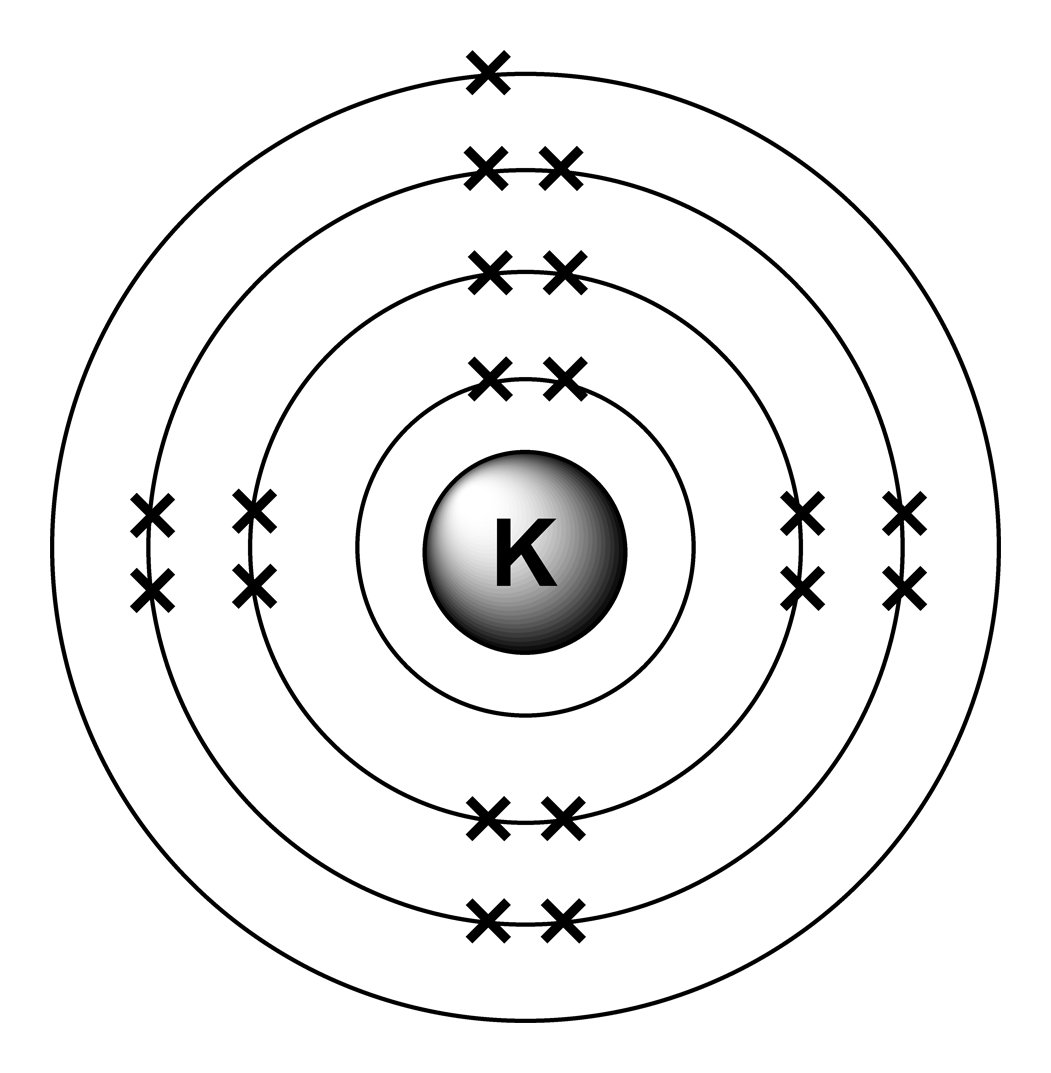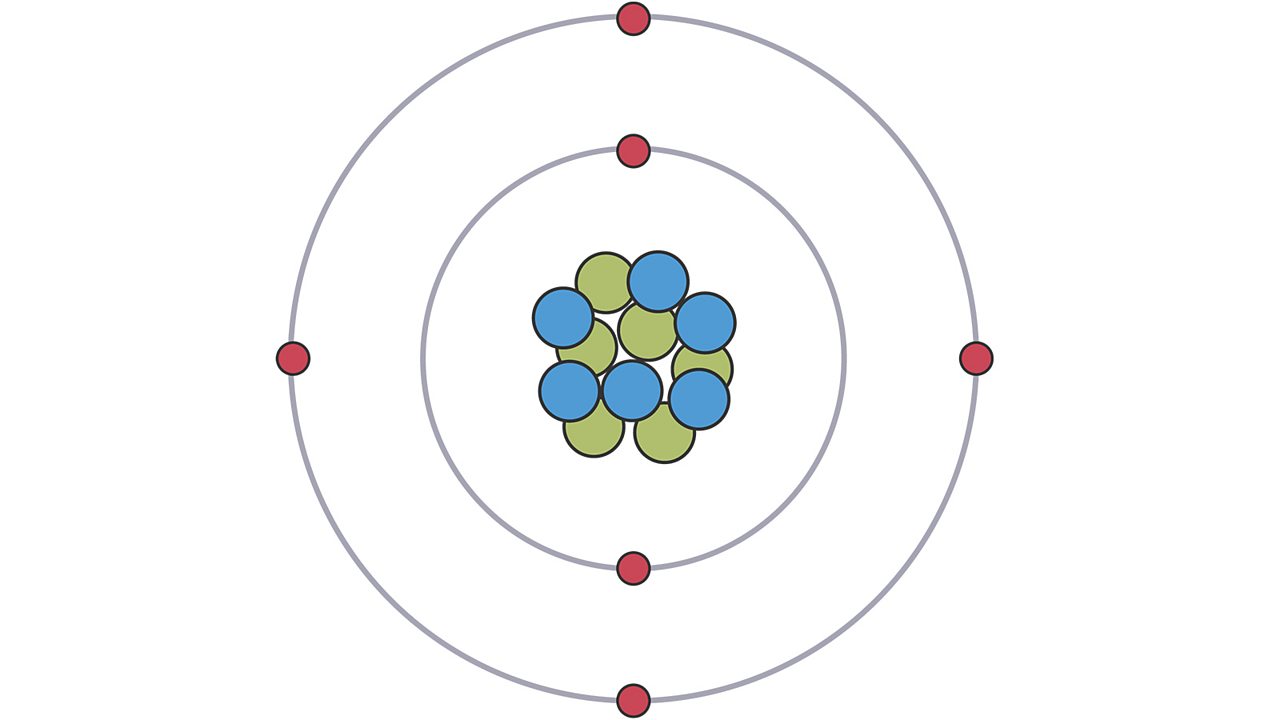
The tremendous energy of the sun which is obtained by nuclear fusion, releases trillions of neutrino every second. Neutrino has no charge but travels at a very high speed, similar to the speed of light, and can pass through any solid object. The corresponding ER diagram depicts a geographical model as part of the schema.

Neutrino: They are similar to electrons formed from nuclear reactions. atom networks ( database occurrence ) Parana 15 14 13 12 11 The detailed.John Ellis and his fellow workers discovered them in 1979. Gluons: Also found within protons and electrons, they act as exchange particles that help transfer strong force between quarks.A proton contains three quarks (two up quarks and one down quark), whereas a neutron contains (two down quarks and one up quark). Each of these parts has an associated charge, with protons carrying a positive. Quarks are of six different types: up, down, top, bottom, charm, and strange. Our current model of the atom can be broken down into three constituents parts protons, neutron, and electrons. However, their exact position in an atom cannot be measured with accuracy. They were independently discovered by Murray Gell-Mann and George Zweig in 1964. Quarks: They are fundamental subatomic particles that makeup protons and electrons.Given below is a table showing the charge, mass, and location of the three sub-atomic particles: Name of the Particle Neutrons are neutral particles with no charge but have a substantial size and mass similar to a proton. They were discovered by James Chadwick in the year 1932 and are denoted by the symbol n or n 0. Neutrons, similar to protons, are made of quarks and gluons.

They are also found within the nucleus along with the protons in a tightly packed manner. Protons consist of even smaller particles called quarks and gluons.įound tightly packed with the nucleus, they make up virtually all of the mass of an atom along with the neutrons. They were discovered by Ernest Rutherford in the year 1917 and are denoted by the symbol p or p +. Protons are positively charged particles found within a dense region at the center of the atom called the nucleus.

When the number of negatively charged electrons is equal to the number of positively charged protons, the atom is neutral in charge. Thomson discovered it in the year 1897.Įlectrons move so fast around the nucleus that their exact location within an atom cannot be determined with accuracy. The standard symbol used for an electron is e or e –. Unlike protons and neutrons, electrons are fundamental particles much smaller (almost 1800 times) in size than protons and neutrons. They are negatively charged particles that revolve around the nucleus in a fixed orbit. In contrast, electrons are found outside the nucleus in a region called the electron cloud or electron shell. Buy Applicable Pun Atom Diagram Electrons Flying Around Nucleus - 45 Purple Wall Vinyl Decal Decorative: Wall Stickers & Murals - FREE. Electrons and protons are found at the center of the atom within a dense region called the nucleus. All atoms except hydrogen contain three basic subatomic particles: 1) electrons, 2) protons, and neutrons. More information and the digital model file for this object are available at. The charge on the proton and electron are exactly the same in magnitude, but opposite in sign. Electrons have a negative charge, and are far away from the nucleus. Neutrons have a neutral charge (no charge).
ATOM DIAGRAM SOFTWARE
The information in the caption needs to be included elsewhere, either in the image description or as braille labels on the object.ĬAD or CAM software is needed to create 3D files and a 3D printer must be available to the user in order to print a 3D object once the file has been created. Protons and neutrons are in the center of the atom, and they make up the nucleus. This is an example of an image in which the labels beneath the two parts of the drawing may be embedded in the image, in which case they will not be readable as live text by the user's assistive technology. Examples of image descriptions and tactile graphics appear elsewhere in this sample book this example presents a 3D model of the image. The choice of modality varies depending on factors such as the information to be conveyed, grade level, student knowledge and experience, and the image itself. Its often helpful to draw a diagram showing the energy levels for the particular element youre interested in.

This image can be made accessible with an image description, by creating a tactile graphic, or by printing a 3D object of the image. Energy level diagrams and the hydrogen atom.


 0 kommentar(er)
0 kommentar(er)
